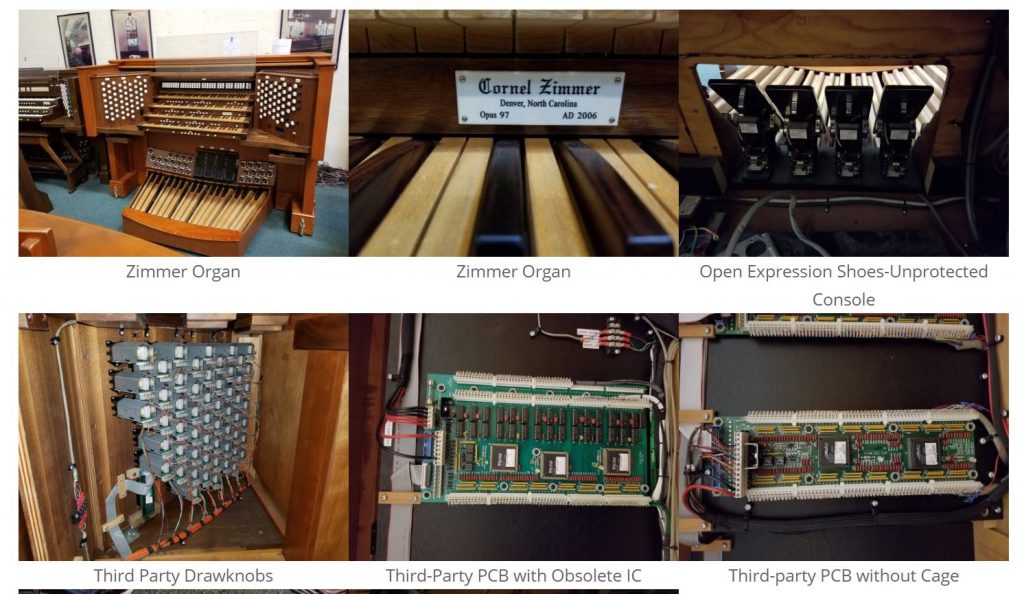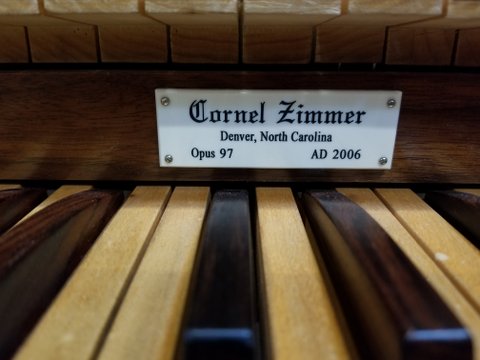Due to the high cost of pipes and the quality of the latest digitally produced organ sounds, pipe organ builders often add digital stop additions for their existing and new organ installations. Pipe organ companies do not build digital tone generation systems. Instead, they rely on third-party suppliers for technology and circuitry.
A pipe organ console installed in 2006 that includes third-party electronics was removed as the church prepares for its new digital organ.


The standardized components in the pipe organ field has vastly outlived the proprietary and exclusive hardware made by Allen.
While certain parts of a pipe organ can last for many decades, items such as pipes require substantial and expensive maintenance during those years. Further, many pipe organ consoles, which today include advanced digital control circuitry, require replacement within a couple of decades. The cost involved with such replacements can exceed the cost of a quality digital organ.
I’ve never seen a pipe organ console last much past 40 years, and every single one that reached that age was in deplorable condition and hardly usable. Pipe organ builders have to rely on third party components to run their consoles, thus eliminating any idea of quality control and longevity of parts availability. They and the churches are at the mercy of whatever company built those parts. I’ve seen horror stories of churches being forced to spend thousands to do a minor upgrade to the control system on an organ that was less than ten years old. The only thing on a pipe organ that “lasts forever” are the pipes themselves. And even those have to be cleaned at times. Consoles have to be rebuilt. Wind chests releathered. Old wiring sometimes replaced. And that puts the cost of refurbishment out of the range of most churches these days. I’ve had to decommission more pipe organs than I can count because the church couldn’t afford a six figure rebuild cost.